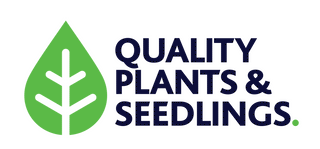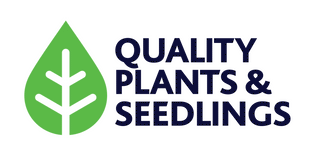Integrated Pest Management (IPM) is a sustainable approach to managing pests by combining biological, cultural, and chemical tools in a way that minimises economic, health, and environmental risks. IPM emphasises the use of beneficial insects and natural pest control methods to keep pest populations under control.
Why Use IPM?
- 🌍 Environmentally Friendly: Reduces reliance on chemical pesticides.
- 💰 Cost-Effective: Minimises pest damage without excessive pesticide use.
- 🌱 Healthier Gardens: Promotes the growth of healthier plants by encouraging biodiversity.
Understanding Beneficial Insects 🐞
Beneficial insects are crucial allies in the garden, helping control pest populations naturally. Recognising and preserving these insects is key to effective IPM.
Key Beneficial Insects
-
🐞 Ladybirds (Ladybugs)
- Role: Aphid predators.
- Protection: Avoid broad-spectrum insecticides that may harm them.
-
🦋 Brown Lacewings
- Role: Aphid and soft-bodied insect predators.
- Protection: Provide habitat and avoid pesticide sprays.
-
🪲 Damsel Bugs
- Role: Caterpillar and aphid predators.
- Protection: Plant diverse crops to support their presence.
-
🦟 Aphidius Wasps
- Role: Parasitoids of aphids.
- Protection: Use selective pesticides to protect these wasps.
-
🐝 Diadegma Wasps
- Role: Parasitises diamondback moth larvae.
- Protection: Maintain floral diversity for nectar sources.
Pesticide Use in IPM 🧪
When using pesticides, it's crucial to choose products that are least harmful to beneficial insects. This guide summarises the effects of common pesticides on beneficial insects found in vegetable gardens.
Pesticides and Their Impact
| Active Ingredient | Trade Name | Impact on Beneficials | Comments |
|---|---|---|---|
| 🧪 Spinetoram | Success Neo | Safe for ladybirds and damsel bugs | Harmful to Aphidius wasps and brown lacewings. Use sparingly to protect these species. |
| 🌿 Bacillus thuringiensis | Dipel and Xentari | Safe for most beneficials | Effective against caterpillars without harming beneficial insects. |
| 🚫 Imidacloprid | Confidor | Harmful to most beneficials | Use alternatives when possible to avoid disrupting beneficial populations. |
| 🔒 Pirimicarb | Pirimor | Safe for ladybirds and parasitoids | Ideal for aphid control while preserving beneficial insects. |
| 🌼 Neem Oil | Various Brands | Generally safe for beneficials | Use as a contact insecticide for soft-bodied insects; follow label instructions carefully. |
Choosing the Right Pesticide
- 🔄 Consider Alternatives: Use mechanical controls, such as handpicking or barriers, where possible.
- 🔍 Selectivity: Choose pesticides that target specific pests to minimise impact on beneficials.
- ⏰ Application Timing: Apply pesticides when beneficial insects are least active, such as early morning or late evening.
Implementing IPM in Your Garden 🌻
1. Monitor Pest Populations 🔍
Regularly inspect plants for signs of pests and beneficial insects. Use traps, visual inspections, and sticky cards to track pest activity.
2. Enhance Biodiversity 🌼
Plant a variety of flowers and herbs to attract and sustain beneficial insects. Examples include:
- Dill and Fennel: Attracts ladybirds and lacewings.
- Yarrow and Cosmos: Provides nectar for parasitoid wasps.
3. Use Physical Barriers 🚧
Employ row covers, nets, and collars to physically block pests from reaching plants.
4. Rotate Crops 🔄
Rotate crops annually to disrupt pest life cycles and reduce the buildup of pest populations.
5. Educate and Involve Community 🗣️
Share knowledge and resources with fellow gardeners to promote widespread adoption of IPM practices.
Conclusion 🌟
By incorporating Integrated Pest Management practices into your gardening routine, you can effectively manage pests while protecting beneficial insects and the environment. This balanced approach leads to healthier plants, a more resilient garden ecosystem, and a reduced need for chemical interventions.




